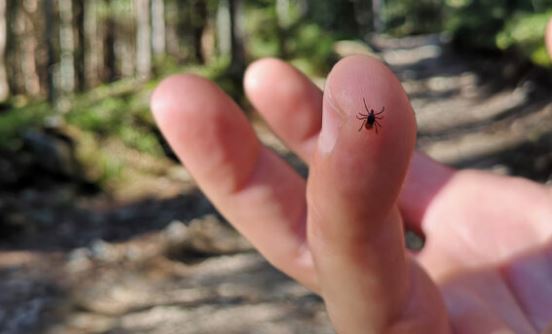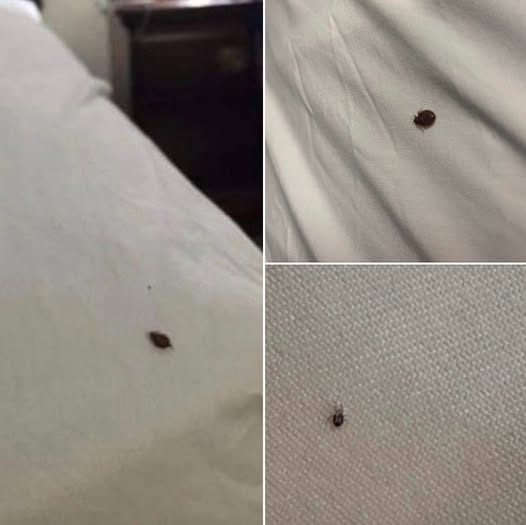
Tick. Credit / Shutterstock
I see myself as compassionate and accepting of all creatures. Even spiders and snakes—though many fear them—don’t unsettle me enough to make me avoid them. Rather than reacting with fear, I respect their place in nature and recognize their importance. I believe in coexisting peacefully with all living beings, appreciating their unique roles.
I like to think I have a high tolerance for creepy crawlies—except when it comes to ticks. As much as I respect most creatures, I wouldn’t shed a tear if ticks disappeared forever. It’s not just that they’re invasive, unsettling, and downright irritating; they also pose real dangers. These tiny parasites spread diseases that can seriously harm both humans and animals. Unlike spiders, which help control pests, or snakes, which play a vital role in the ecosystem, ticks seem to bring nothing but trouble. As much as I try to appreciate all living things, ticks remain an exception.

Ticks can transmit serious diseases like Lyme disease and Rocky Mountain spotted fever, making them less than ideal guests to have around. It’s clear that inviting them into your space is not a good idea, as their presence poses significant health risks. Best to avoid them altogether.
Depending on where you live, the season, and whether you have pets, encountering ticks in and around your home is a real possibility. These tiny pests can be more common than you think, and their presence can be unsettling. So, what should you do if you come across one of these troublesome creatures inside your home? That’s exactly what we’re here to address. Let’s dive into the best ways to handle ticks and keep your home safe from these potential health hazards.
Identify and isolate the problem: It’s helpful to identify the type of tick—whether it’s a black-legged, dog, or brown dog tick. If you find one in a particular area, make sure to keep children and pets away until you’ve properly dealt with the tick to prevent any potential risk or exposure.
Protective steps: Wear gloves and long-sleeved clothing to protect your skin and prevent the tick from attaching to you. This will help minimize direct contact with the pest.
Clean thoroughly: Wash any clothing or bedding the tick may have contacted on high heat. Be sure to vacuum the area thoroughly, especially in crevices and corners, to remove any remaining ticks or eggs.
Tick removal: Use fine-tipped tweezers to grasp the tick as close to the skin’s surface as possible. Gently pull upwards, being careful not to twist or jerk, to prevent the tick’s head from breaking off and staying embedded in your skin.

Credit / Wikimedia Commons
After removing the tick, clean the bite area with alcohol or soapy water. Dispose of the tick using alcohol or flush it.
Monitor your bite
It’s important to monitor bite sites and keep an eye on the bitten person for any developing symptoms.


